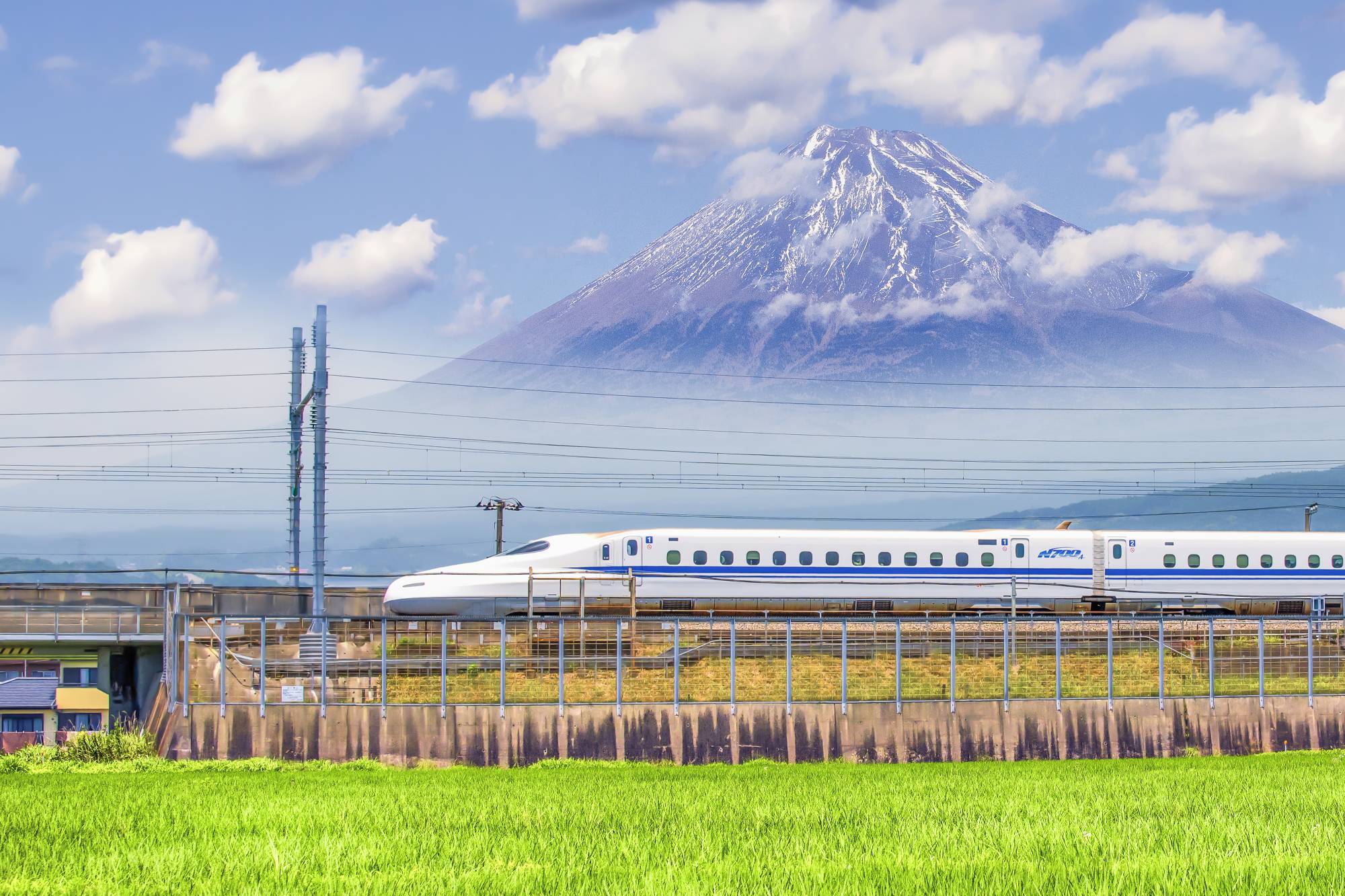In one of the more lavish ceremonies of 19th-century Japan, a teenage Emperor Meiji arrived at Shimbashi in the new imperial capital of Tokyo and embarked on something entirely unprecedented for the nation: a passenger train.
On Oct. 14, 1872, the emperor opened a railway line between Shimbashi and Yokohama, a transformative miracle in an era when transport was mostly horse-drawn carriages, horseback and rickshaws.
This year, Japan has been looking back at the 150 years since then and how railways have brought immeasurable change, enabling mass commuting, bringing far-flung places closer together and propelling the economy.



